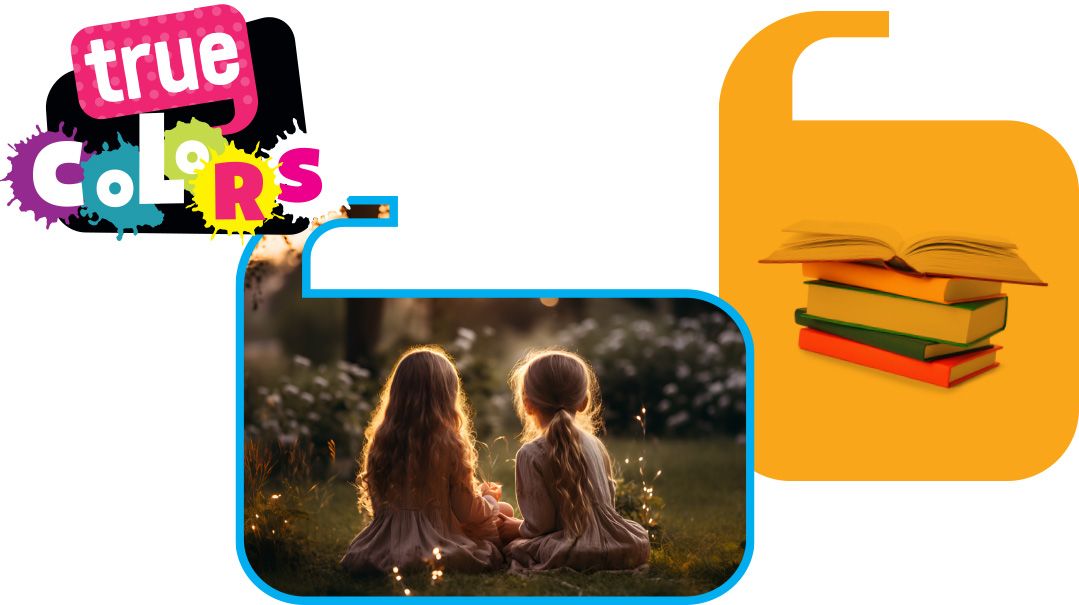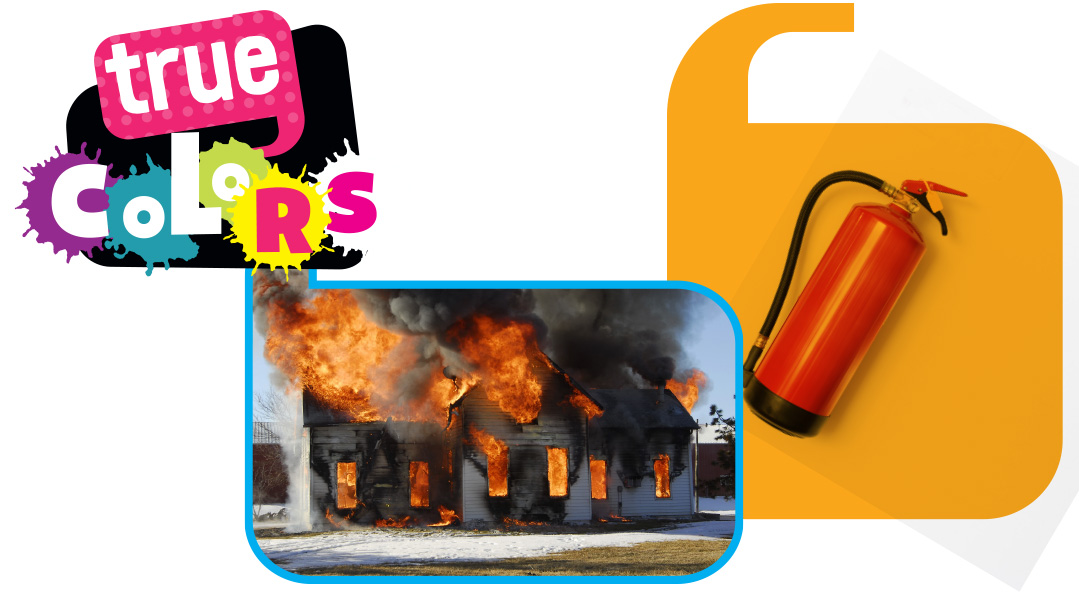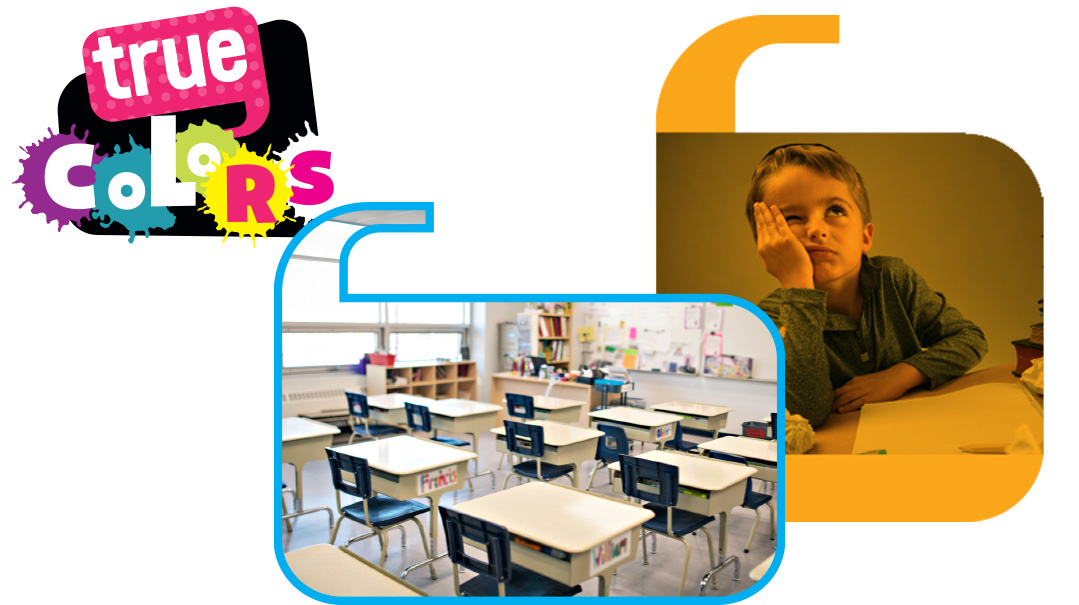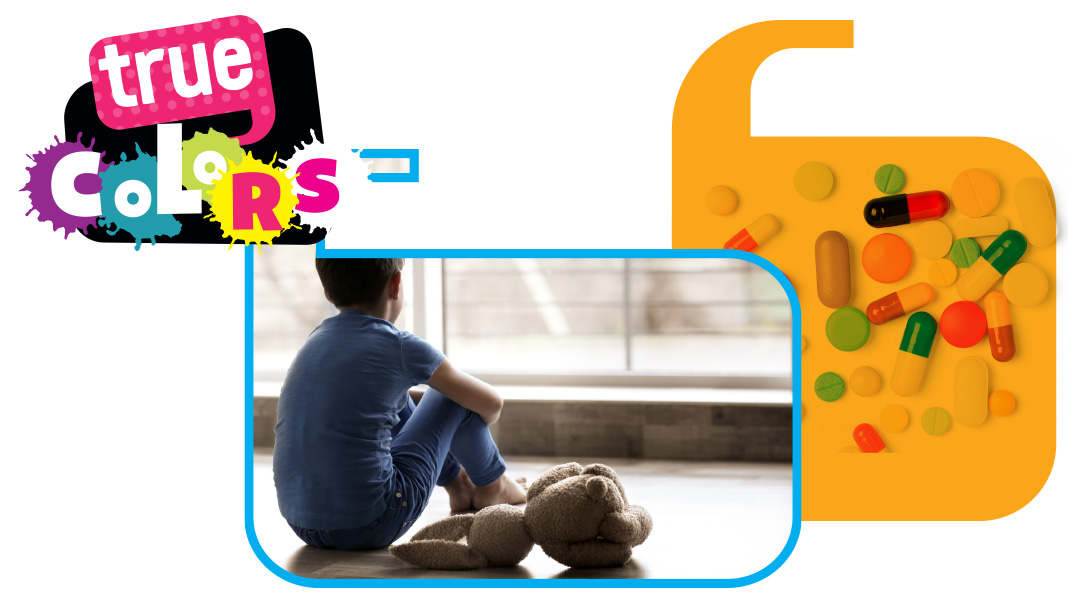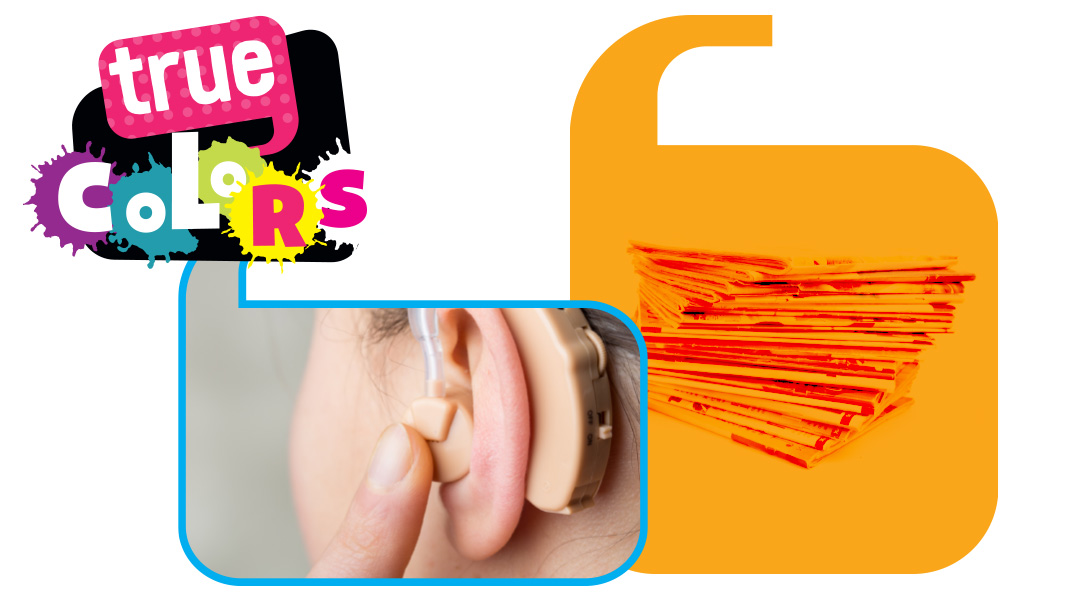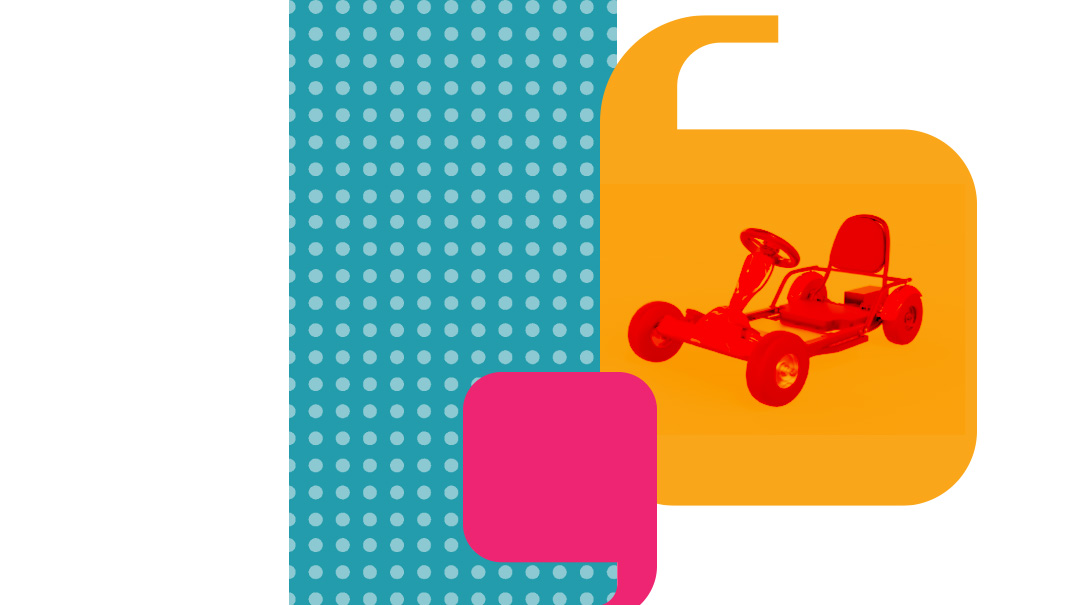The Miracle Helmet
| May 16, 2023“Everything’s in order. There’s nothing wrong with the brakes, kid”

MY big brothers all got hand-me-down bikes from neighbors or relatives who’d outgrown theirs.
By the time it was my turn to inherit a bigger bike, when I was 11 years old, all the bikes we owned were in really bad condition. But guess what? That meant that I was the first one in my family to get a brand-new bike — from a real bike store. A shiny, new, picked-it-myself bicycle. I was one proud peacock as we strutted into the store, me, my 13-year-old brother Avi, and my mother. The store smelled of fresh bikes, leather, and new tires, and I couldn’t keep the grin off my face. My brother and I looked at the bikes, felt the seats, and discussed the pros and cons of each one until we made a decision. My mother paid, and I wheeled my newest possession out of the store feeling like a million dollars. It didn’t occur to me that getting a secondhand, tried-and-tested bike might be a better idea. Of course buying a brand-new bike was better!
Or so I thought.
The first time I rode the bike, something felt wrong. The brakes weren’t working properly. I told Avi, and he took me seriously. “You have to check that out,” he said. “You can’t ride a bike if the brakes aren’t working well. That’s really dangerous.” So my mother sent us back to the store. Avi came with me again, and I explained the problem. The guy checked the bike and the brakes, straightened up, and pronounced, “Everything’s in order. There’s nothing wrong with the brakes, kid.”
I was surprised, but didn’t argue. I mean... he was the professional, the expert, the bike salesman, right?
But he wasn’t right.
It happened on the way home. Because the brakes weren’t working properly. And to get home from the bike store, I had to ride the bike downhill. And there was a big cardboard box plunked in the middle of the sidewalk. I tried to brake to avoid it, and tried again, and again, and I was getting more and more frantic, and sweat started pouring down my back and my face, and this takes a long time to tell but it all happened so, so fast, and the next thing I knew, I was trying to swerve, but my tire grazed the side of the box, and I went flying. Avi was riding right behind me and saw the whole thing. He said I flipped over the bike, but I was still trying to clutch the handlebars with all my might, so the handlebars turned and went right into my stomach.
When I landed, the pain was unbearable. I was in agony. Avi flew off his bike and rushed to my side. “Sruly! Sruly! Ribbono shel Olam, Sruly, are you okay?”
“Araagh,” I moaned. I couldn’t move. I couldn’t stand. I couldn’t walk. I could hardly breathe, the pain was so bad.
Someone called my mother. I don’t remember much — I was kind of out of it; everything is a bit of a blur. I do remember my mother and Avi helping me into a taxi to go to the doctor’s office. I was doubled over in intense pain and couldn’t move without help.
It was a short ride. I couldn’t walk from the taxi to the doctor’s office. My mother and Avi had to carry me inside. When I lifted my shirt on the examination table, my mother, Avi, and I were all horrified to see my entire stomach was turning dark purple!
For some strange reason, the doctor sent us home and told us to come back in the morning. I spent the night in terrible pain and had a lot of trouble moving. My entire stomach was bruised, and it was turning so dark it was almost black. When we got to the doctor in the morning (a different doctor), she sent us straight to the emergency room. “It looks like there’s internal bleeding,” she said. That means that instead of blood coming out, something was bleeding inside my body, and the blood was pooling inside my stomach. That could be very dangerous and even life-threatening. Off to the ER we went.
We arrived at the children’s hospital where they quickly admitted me to a CT scan. I think a lot of kids would have been really anxious and nervous, but my mother told me what was going to happen — that I was going to go into this machine and it would take pictures of my insides — and I was okay. It really helped that because I have a minor heart condition, I come to this hospital twice a year to be monitored, so I wasn’t as freaked out as other kids might have been. My mother waited for me outside while I had the scan. I had to lie still, but that wasn’t hard, because moving was still really painful.
While we waited for the results of the CT scan, we were given a cubicle in the pediatric emergency room. I got medicine for the pain. Various doctors came in to check me. One of the doctors who came in saw that I was sitting up in bed, folding origami boxes to pass the time, and he left. We heard him go over to the nurses to ask where the patient with the bike accident was. They said, “Cubicle 23.” He said, “No, I was just there, it’s a different kid.” The nurse came with him and opened our curtain. She said, “Doctor, this is the patient.”
The doctor’s eyes opened wide, and he looked from me and to the nurse and back again. “But… where is the head injury?”
“I was wearing a helmet,” I said. Unfortunately, in my neighborhood, lots of boys ride their bikes without a helmet. But I’ve always been very careful to only ride with a helmet.
“You don’t understand,” the doctor said, sitting down and looking at us gravely. “The results of the CT came in. And I can’t believe that you are awake, alert, and talking. That helmet saved you from severe injury.”
“What did you see in the CT?” my mother asked.
“There was internal bleeding,” the doctor said. “It looks like it resolved itself, which is very good news. But from what I can see on your scan, the impact was very strong. If you hadn’t been wearing a helmet, you would have been in much worse shape. This would not have ended so well.” The doctor shook his head. “There is a lot of bruising; your internal organs are all bruised. But the bleeding has stopped. We don’t need to do anything. You are one lucky kid.”
Then the doctor said something we hadn’t known. “You need to replace your helmet,” he said. “If the helmet absorbs a shock like this, its ability to withstand another accident is lowered. It won’t protect you as well next time. So go buy yourself a new helmet — and be careful to continue to wear it.”
My mother and I were very affected by the doctor’s words. We went home, grateful that I was alive, and like the doctor said — awake, alert, and talking. I was still in pain; walking and moving were still very difficult, as everything inside was bruised. But after about a week, I felt a lot better, and I went back to school.
Not long after my accident, a friend of mine was riding an electric scooter. He also had an accident, but because he wasn’t wearing a helmet, he did have a severe injury. He needed brain surgery. And he still hasn’t returned home — he is in rehab, a place where people who’ve been very sick or in serious accidents go to get better after being treated in a hospital.
I’m so grateful to Hashem that I was wearing a helmet and that I am home and in school — not in rehab. I really hope that other kids won’t have to go through what my friend is going through. Even though it can be annoying to wear a helmet, I’ve learned that it’s much, much worse to ride without one.
(Originally featured in Mishpacha Jr., Issue 961)
Oops! We could not locate your form.

